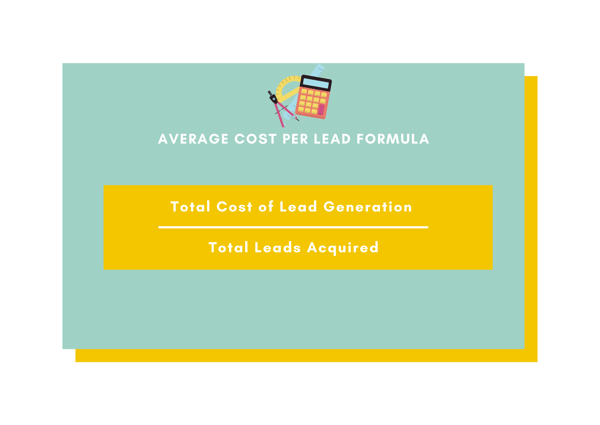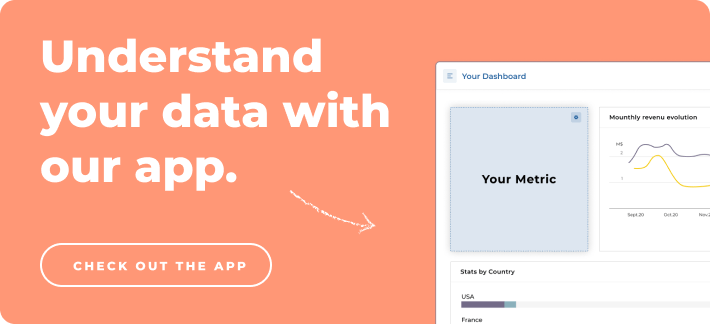Average Cost Per Lead - What is it and How to Calculate it?
The average cost per lead metric generally measures how cost-effective marketing campaigns are when it comes to generating net new leads for a sales team. A lead, in this case, is an individual that has expressed interest in a product or service by completing a defined marketing goal (e.g. downloaded a piece of content, requested a demo or pricing quote, etc.).
Average cost per lead is helpful to provide marketing and sales teams with a better understanding of program efficiency, the cost of new customer acquisition, and how appropriate a given spend is in order to generate new opportunities. It helps generate an understanding of the lead sources/channels that are most efficient and/or generate the most business, which lead sources generate the highest average deal sizes and conversely, which are the most inefficient.
Average cost per lead is also a critical element in assessing return on investment, particularly pertaining to marketing analyses.
What is a “good” average cost per lead?
This figure varies tremendously across different industries, company sizes, and product offerings and should be benchmarked accordingly. The ultimate goal, regardless of these considerations, should be to minimize one’s cost per lead. A lower average cost per lead with a high volume of high quality leads is an indication that a particular campaign or marketing mix is performing well. If your cost per lead is too high, then it's a good indication that you should end/adjust a campaign, or reallocate funds to more efficient ones.
Other helpful metrics to analyze in conjunction with average cost per lead include (but certainly aren’t limited to): total lifetime value of a customer, average deal size, sales win rate, and cost of marketing as a percentage of revenue.
How to calculate average cost per lead?
In order to calculate your average cost per lead, divide the total cost of generating leads by the total number of leads that you have acquired.
Average cost per lead = total cost of lead generation / total leads acquired

Analyzing average cost per lead on a more segmented basis is a useful way to better understand performance. For example, you can calculate your average cost per lead on a channel by channel, geographic, or timeline basis, each of which illustrates a different aspect of the performance of your demand generation programs.
Guided analytics for sales growth
Tracking and optimizing key sales metrics, like your average cost per lead, is one of the most important factors behind driving consistent sales growth, especially in the modern context.
Yet while the importance of data and analytics is widely accepted, today's users aren't getting the value they expect from their investments in analytics.
That's largely because, in our attempt to make analytics fast, powerful, all-seeing, and all-knowing, we've also made them incredibly hard to use. So complex that only experts can make something of their data.
It's vital, therefore, that analytics are made easier for business people (and sales teams). That's what we call Guided Analytics: analytics that assist users in understanding data and using that data to collaborate and drive results.
Some of the things to look for when considering guided analytics for sales teams?
- Get your team on the same page: look for ways to consolidate all your data sources in a single source of truth so you can monitor real-time, clear, and automatically updated performance, forecast and pipeline generation metrics at all seniority levels. That means less time spent reporting and more spent coaching, leading and closing.
- Access, access, access: make sure you can access reports instantly from any device and any format: from smartphones to large display screens, and from fully dynamic dashboards to PDFs sent by email.
- Collaborate: try to enable data-driven conversations with built-in collaborative environments!



